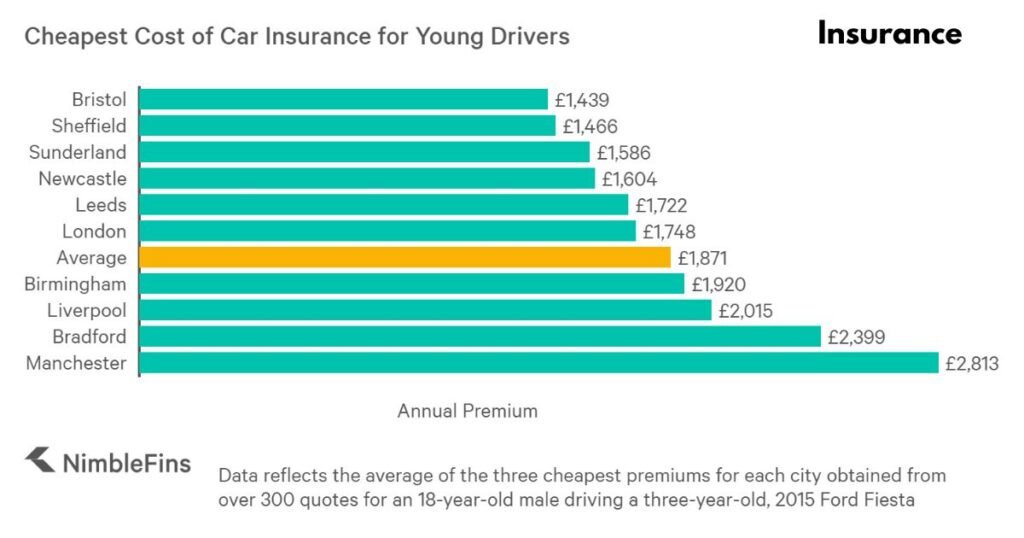When investing in multifamily properties, insurance is a crucial expense that landlords and investors must consider. However, determining the average multifamily insurance cost can be complex, as various factors significantly impact the final premium. Understanding these elements can help property owners make informed decisions and optimize their insurance expenses.
In this article, we reveal the 7 shocking factors that affect your multifamily insurance rates, breaking down what drives costs and how you can potentially lower your premiums. If you’re looking for expert insights into multifamily property insurance, you’re in the right place.
1. Property Location
One of the most influential factors in determining your multifamily insurance premium is the property’s location. Insurance companies assess risk based on the following:
- Crime Rate: High-crime areas often lead to higher insurance costs.
- Weather Risks: Properties in hurricane-prone states (e.g., Florida) or areas prone to wildfires (e.g., California) may face higher premiums.
- Proximity to Fire Stations: Buildings closer to a fire station typically receive lower rates due to quicker emergency response times.
2. Building Age and Condition in Average Multifamily Insurance Cost
Older buildings generally cost more to insure due to outdated systems and potential hazards. Insurers evaluate:
- Wiring and Electrical Systems: Outdated wiring can increase fire risks.
- Plumbing: Older pipes are prone to leaks and water damage.
- Structural Integrity: Weakened foundations or roofs may lead to costly claims.
Tip: Consider upgrading your property’s essential systems to qualify for insurance discounts.
3. Property Size and Number of Units
The larger the property, the higher the insurance premium. More units mean increased risks of claims due to:
- Higher occupancy
- Increased chances of accidents or liability claims
- More complex maintenance requirements
4. Tenant Occupancy and Risk Profile
Insurance providers assess tenant profiles to determine risk levels. Key considerations include:
- Short-Term Rentals (Airbnb, VRBO): Higher risk compared to long-term leases.
- Vacancy Rates: Unoccupied units can lead to increased vandalism or damage risks.
- Tenant Background: Properties with high turnover rates may face higher premiums.
5. Coverage Limits and Deductibles
Your policy coverage amount directly influences costs. Higher coverage limits mean higher premiums, while higher deductibles typically result in lower premiums.
- Basic Coverage: Covers property damage, liability, and loss of income.
- Comprehensive Coverage: Includes additional protection like flood insurance and cyber liability.
Tip: Choose a deductible that balances affordability with financial protection.
6. Claims History
A history of frequent claims raises red flags for insurers, leading to higher rates. Common claims that affect pricing include:
- Fire and water damage claims
- Liability lawsuits from tenants
- Natural disaster claims
Solution: Implement preventive maintenance to reduce claim risks and negotiate better rates.
7. Insurance Provider and Policy Type
Not all insurance providers offer the same rates. Factors that influence pricing include:
- Company Reputation: Established insurers may offer better coverage but at higher costs.
- Policy Bundling: Combining multiple policies (e.g., property and liability insurance) may lead to discounts.
- Specialized Insurers: Companies focusing on multifamily properties may provide better coverage options.
Conclusion
Understanding these 7 shocking factors can help you navigate the average multifamily insurance cost and make smarter investment decisions. By optimizing property conditions, selecting the right insurance provider, and proactively managing risks, you can potentially reduce your insurance expenses.
Want to learn more about multifamily property insurance? Share your thoughts in the comments or explore our other real estate investment resources today!
For more information visit Average Multifamily Insurance Cost

